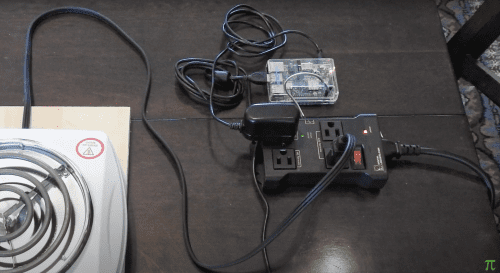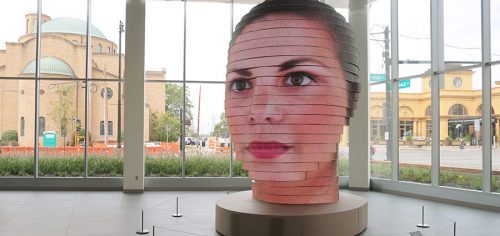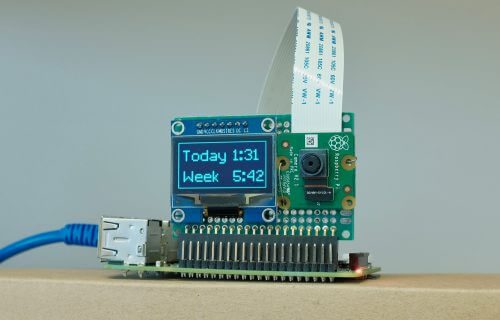Schlagwort: facial recognition
-

Raspberry Pi won’t let your watched pot boil
Reading Time: 3 minutesOne of our favourite YouTubers, Harrison McIntyre, decided to make the aphorism “a watched pot never boils” into reality. They modified a tabletop burner with a Raspberry Pi so that it will turn itself off if anyone looks at it. [youtube https://www.youtube.com/watch?v=F1XSx-eaCAY?feature=oembed&w=500&h=281] In this project, the Raspberry Pi runs facial detection using…
-

Your face, 14 ft tall: image mapping with As We Are
Reading Time: 3 minutesWhile at World Maker Faire New York last weekend, I found myself chatting to a rather lovely gentleman by the name of Mac Pierce. During our conversation, Mac mentioned a project he’d worked on called As We Are, an interactive art installation located in the Greater Columbus Convention Center in Columbus, Ohio.…
-

facepunch: the facial recognition punch clock
Reading Time: 2 minutesGet on board with facial recognition and clock your screen time with facepunch, the facial recognition punch clock from dekuNukem. image c/o dekuNukem How it works dekuNukem uses a Raspberry Pi 3, the Raspberry Pi camera module, and an OLED screen for the build. You don’t strictly need to include the OLED…


